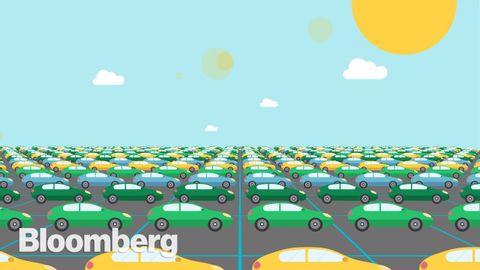私たちが力を得る方法は、永遠に変わろうとしている (The Way We Get Power Is About to Change Forever)
Rachel Kung が 2021 年 01 月 14 日 に投稿  この条件に一致する単語はありません
この条件に一致する単語はありません- v.t.(人を騙すために)ふりをする : 装う;仮定する : 推測する;(責任 : 任務などを)負う : 引き受ける
US /ɪkˈspɪriəns/
・
UK /ɪk'spɪərɪəns/
- n. (c.)経験;経験;経験;体験
- n. (c./u.)経験;職務経験
- v.t./i.経験する
US /kəˈpæsɪti/
・
UK /kə'pæsətɪ/
- n. (c./u.)収容能力;容量;最大生産能力;能力;個人の職務や役割;静電容量;法的能力
エネルギーを使用
すべての単語を解除
発音・解説・フィルター機能を解除

